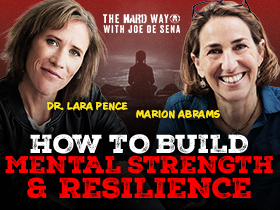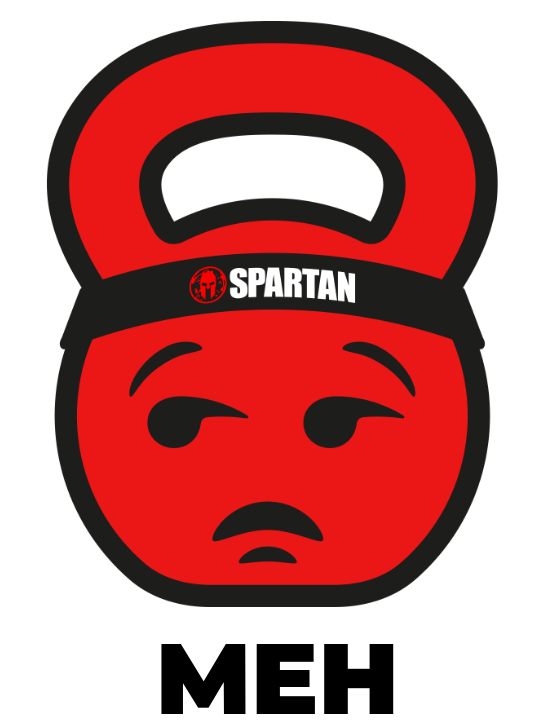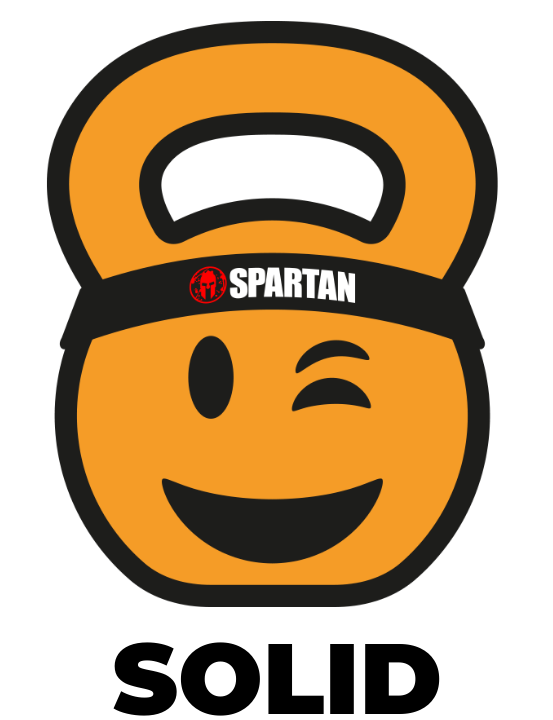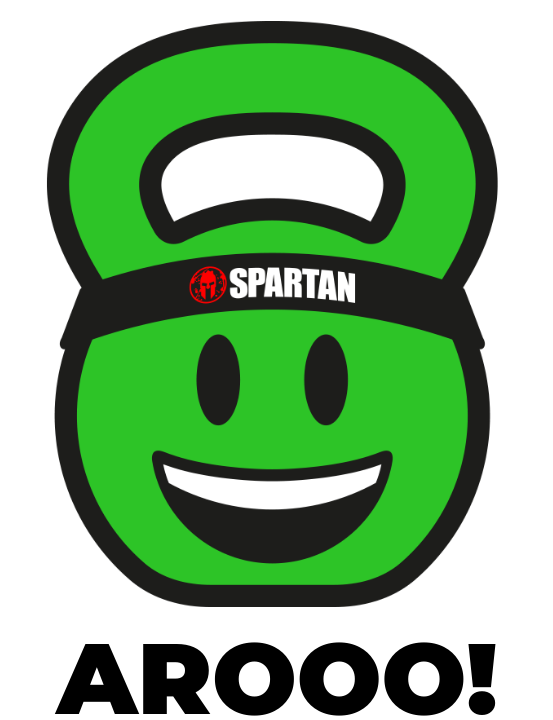 | | In today's edition, Joe shares: - The Secret to Resilience
- The Best Type of Fiber
- A Key Sleep Measurement
| | | THE 75% SOLUTION | Spartans!
Seven years ago, I made a commitment to complete a Spartan Beast in the sweltering heat and humidity of Indonesia.
As a parent with a passion for instilling resilience through challenging experiences, I invited my daughter, Catherine. Well, to be honest, it was more of an arm twist than an invitation.
At the time, she was just six years old and my wife had her doubts. But I had just read a study in the Journal of Pediatrics that emphasized the importance of resilience in young people.
The research showed that the inability to navigate uncertainty is a leading cause of mental health issues among children, and I wanted my kids to be mentally strong.
Experts determined that to develop strength and adaptability, kids have to actively practice managing hard things. But our society has evolved into a culture of "safety-ism," where well-intentioned parents strive to shield their children from every discomfort and threat, instead of preparing them for real life.
This is in deep contrast with how I grew up in the '70s. Then we were free to roam far and wide, get into scrapes, and solve our disputes and problems on our own.
(In fact, I'm so passionate about the topic, I teamed up with Dr. Laura Pence to write the book 10 Rules for Resilience: Mental Toughness for Families.)
I wanted Catherine to develop a sense of self-reliance, but she was too young to go through it alone. So, I made the decision that we would undertake this journey together.
Sounds crazy, but I looked at it like a Spartan version of the father-daughter dances that are so popular in elementary schools. A shared, memorable experience, albeit a hard one.
To get Catherine through it, I employed a psychological tactic I've found effective. When preparing for 100-mile Ultra Marathons, I'd tell myself I was running 125 miles. Similarly, if I wanted to do 300 burpees, I'd set my mental goal at 500.
This strategy was rooted in the knowledge that in most challenges, the first 75 percent tends to go relatively smoothly. It's the last 25 percent where the wheels fall off.
I later discovered that this was a common approach among high-performers, including Olympic athletes; the mind can power through the initial three-quarters of any challenge, but the last quarter is where people quit.
So, I told my daughter that we were taking on a 26.2-mile event. However, I secretly knew she'd only have to complete half that in the 13.1-mile Beast.
I knew that Catherine was already familiar with long-distance events having me as her Dad, and two older brothers who completed marathons before their 10th birthdays.
I was nervous, but I knew she was capable of finishing and that she could call it quits at any time.
So, off we went.
There were moments of frustration and doubt. But my determined daughter pressed on.
When we reached 13.1 miles, I told her she could stop. She said no. She didn't want to quit; she wanted to finish.
When I told her she had actually finished the race, she was relieved and, most importantly, proud of herself. She didn't resent my unconventional method; she understood the valuable lesson I was trying to teach her.
Today, she's a gifted student and athlete, displaying a level of grit far beyond her years. She has built resilience.
Perhaps now, we can consider that father-daughter dance. But, obviously, we would walk in wearing weighted vests!
Here's to The Hard Way!
Joe | | | They Said It | | "Chasing a dream is a never-ending negotiation. You have to keep navigating, pivoting, adapting, and persisting. It's a process that unfolds continually and never in a straight line." | | --Alexi Pappas | | | SLEEP IT OFF | I've worn sleep trackers like the Oura ring, and I loved getting the data. But I also noticed that sometimes I would wake up refreshed, only to have my tracker tell me I slept poorly, which left me worried and cranky.
So recently, I stopped using the tracker and started measuring the quality of my sleep simply by how I feel.
New research backs me up. An English study shows that self-reported sleep satisfaction was more consistently linked to well-being than reports from a sleep tracker.
A health wearable can help you better understand your sleep patterns, but don't be afraid to disconnect and go by how you feel if you find the data is dragging you down. | | | You Ask, Joe Answers | Q: Hi Joe, How much should my daily workouts hurt?
- Sam H., Sante Fe, N.M.
A: All successful training involves some mixture of suffering and pleasure, but you aren't going to stick with it if you go into the pain cave too often.
One study found that even though 97% of us agree that exercise is important, only 3.2% hit the weekly threshold of 150 minutes of moderate activity.
To stay consistent, focus on how you feel during your workout, not just afterward. So train most often with friends at a conversational pace, and only go to that deep, dark place every week or two.
Aroo!
Question for Joe? Want to tell him what you think of The Hard Way? Email him at thehardway@spartan.com. | | | | The Hard Way Podcast | | | "We don't always know what's going to happen. I want to have a survival kit in my metaphorical backpack to make sure if something bumpy happens, I'm going to be mentally and emotionally prepared to handle it."
–Dr. Laura Pence | | | | | | Was this email forwarded to you? Sign up here. | | | WHAT DO YOU THINK OF THIS NEWSLETTER? | | |






No comments:
Post a Comment